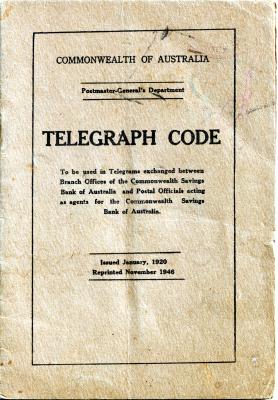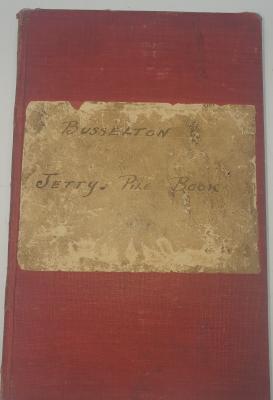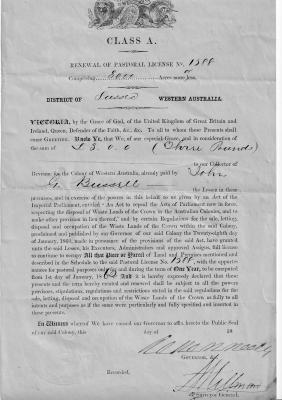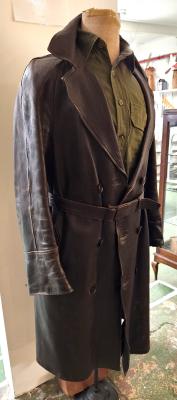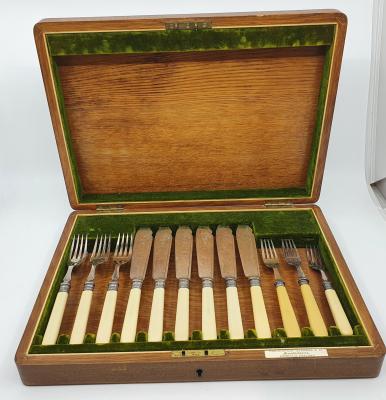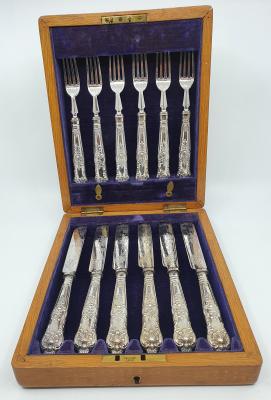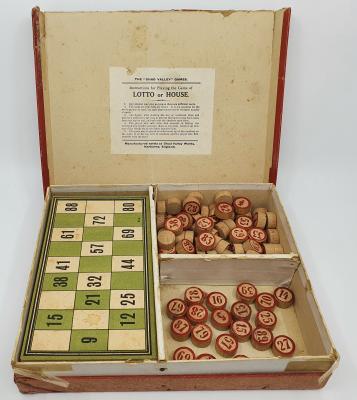Horseshoe Display
This display of horseshoes highlights the variations in the shoes that were produced by Farriers over the ages.
In prehistoric times the horse had three toes but nowadays only one toe is obvious and the residual toes can only be identified as 2 long bones called Splints attached to the top of the cannon bone. The horse’s foot is made of insensitive hair which can be cut and trimmed like a toe nail. The wall of the hoof is of substantial thickness enabling shoes to be nailed to the foot to prevent wear and tear and potential injury. The earliest known horse shoes were called Hippo Sandals which were made of leather and tied to the horse’s foot by laces.
Details
Details
Farriers make shoes to assist the horse’s performance for the tasks that they do as well as special surgical shoes to address problems that occur in the horse’s feet and legs.
This display was created by internationally celebrated blacksmith Malcolm Paine, long term member of the Busselton Historical Society and resident Blacksmith for the Museum.
All shoes in this display were collected or made by Malcolm.
Other items from Busselton Historical Society
- Postal Hand Cart
- Booklet - "Telegraph Code"
- Lloyd's Register
- Busselton Jetty - Piles Collection
- Renewal of Pastoral License No.1588 - John G Bussell
- WJ Mann Collection
- WW2 Dispatch Rider's Leather coat
- FujifilmFinePix A345 Digital Camera
- Fish Cutlery Set
- OK Champion Potato Digger
- Fish Cutlery Set
- Lotto Game
Scan this QR code to open this page on your phone ->

